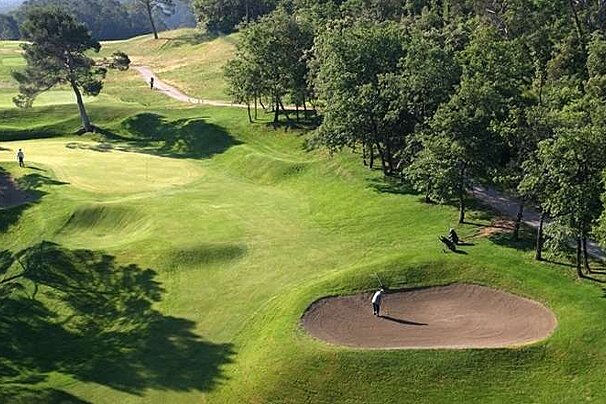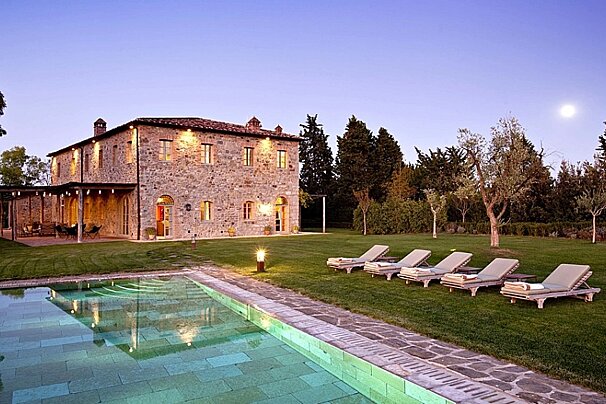
Paul Cezanne
Provence's most famous artist
Paul Cezanne is probably Provence's most famous artist. It is said that his works straddle the divide between Impressionism and Cubism. He was born into a bourgeois family - his father was a banker - in Aix en Provence on January 19th 1839 and grew up with his younger sister in the town. As a teenager he explored the surrounding countryside with his friends Emile Zola and Baptisin Baille, and began to paint at the local art school.
Cézanne made a feeble attempt to please his father and pursue a degree in law, but after a few years he left Aix for Paris where he studied painting, his passion. His work was not appreciated in Paris and after failing to be admitted into the Ecole des Beaux Arts, he returned to Aix where he was based until his death. His father had reconciled himself with his son's ambition and left him sufficient resources to continue his art.
From 1863 to 1880, none of his works were admitted to the Salon, but this did not deter him, and he continued to paint. It was only after his father died in 1886 that Cezanne's reputation began to grow.
His early works used dark tones, but then Cezanne became friends with Camille Pissarro who introduced him to techniques for capturing natural outdoor light. Cezanne's palet became lighter and brighter, and he began to concentrate on nature and outdoor scenes.
His works began to be shown regularly in Paris from 1895 and by the time he died in 1906 of pneumonia he was extremely well regarded and received young artists wishing to learn from him in his studio in Aix. Only one year before his death, an exhibition of his works in Paris drew an enthusiastic response from other artists, Braque, Picasso who later acknowledged Cézanne's influence.
Amongst his most famous paintings are 'Apples & Oranges', 'The Great Bathers', 'Card Players' and 'Mont St Victoire'.
Although there is no art gallery dedicated to Cezanne in Provence, his works are collected from time to time and exhibited to the public. You may expect a range of still lifes, nude bathers, portraits and endless views of the mountain Sainte-Victoire, with variations of greens, ochre, some blues. But it is so much more than that - the brusque brush strokes that cut this way and that. The white space that means more than space. The roughness that reveals the essence of Provence. The dynamic power of the artist to show stillness in a canvas of live color. No reproduction or print does justice to his mastery of the brush.

























